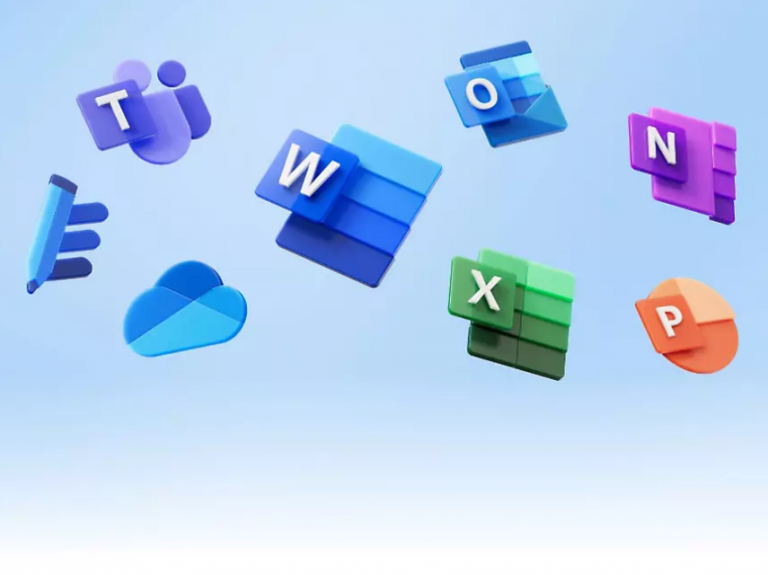The Challenge
In 2020, Microsoft faced a unique challenge: how do you energize a free tier without cannibalizing premium subscriptions? This wasn't just about promoting free features - it was about reframing the entire conversation around what "free" means in the productivity space. Instead of positioning the free tier as a stepping stone to paid plans, we positioned it as a destination in itself.
Creative Strategy
As Creative Direction & Strategy lead, I led cross-functional creative strategy to develop the "Free to Be Free" narrative - celebrating liberation from subscription anxiety while positioning free tools as fully capable productivity solutions.
-
Motion Design System: The BounceCreated purposeful motion language that transformed abstract concepts of freedom into tangible user experiences. The bounce wasn't just decoration - it was the campaign's emotional core, making "freedom" and "accessibility" something users could feel
-
Partnership StrategyArchitected exclusive PureWow partnership featuring bespoke shoppable GIF ads and immersive editorial content, reaching 100M+ monthly readers with authentic lifestyle integration
-
Cross-Platform ExecutionDeveloped modular campaign toolkit that seamlessly adapted from 30-second hero films to in-browser demos, retail displays, and social media - maintaining consistent "bounce" behavior across all channels
-
Agency CollaborationPartnered with Buck agency to bring the "bounce" concept to life, ensuring creative vision translated seamlessly from strategic framework to final execution across all touchpoints
Legacy Impact
Today, years after its inception, the bounce aesthetic continues to represent Microsoft 365 across platforms - from Windows App Store listings to enterprise marketing materials. What began as a campaign-specific visual became a cornerstone of Microsoft's design language.
The campaign exceeded all expectations, shifting the conversation around Microsoft's free offerings. Free was no longer seen as "less than" - it was seen as "more than enough." The bounce system became so successful that it was adopted across other Microsoft campaigns, proving you don't have to diminish free to elevate premium - you can celebrate both for what they uniquely offer.
Key Learnings
"Free to Be Free" taught me that the most powerful campaigns often come from reframing the conversation entirely. Instead of competing on features or trying to justify why our free tier was "good enough," we celebrated what made it special: the freedom from subscription anxiety.
The campaign's success reinforced my belief in the power of motion design as a storytelling tool. The bounce wasn't just decoration - it was the campaign's emotional core, turning abstract concepts like "freedom" and "accessibility" into something users could feel.

